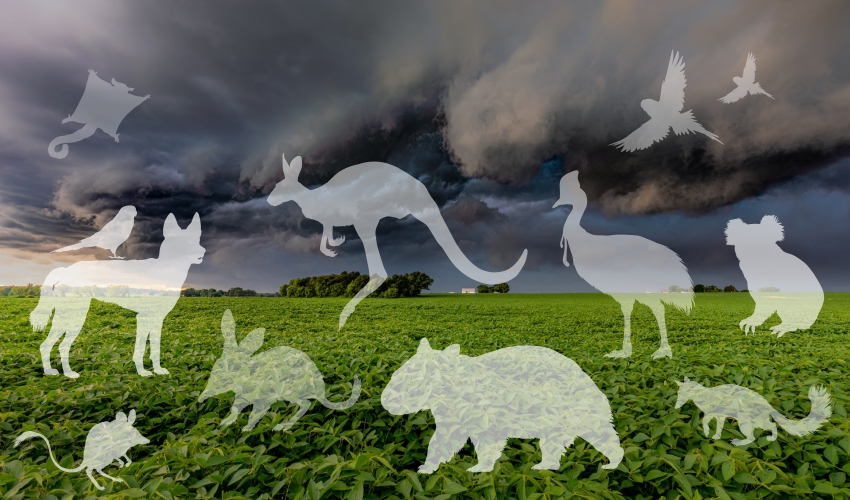
Uncategorized
Critical State Of Biodiversity Health
Share this page 2021 AWPC President’s Report to membership I WOULD LIKE to start by thanking the dedicated AWPC committee and members for their contribution

Share this page 2021 AWPC President’s Report to membership I WOULD LIKE to start by thanking the dedicated AWPC committee and members for their contribution

Share this page Animal welfare charity Viva! scores another victory in long-standing kangaroo campaign as budget supermarket chain Lidl finally caves to public pressure and